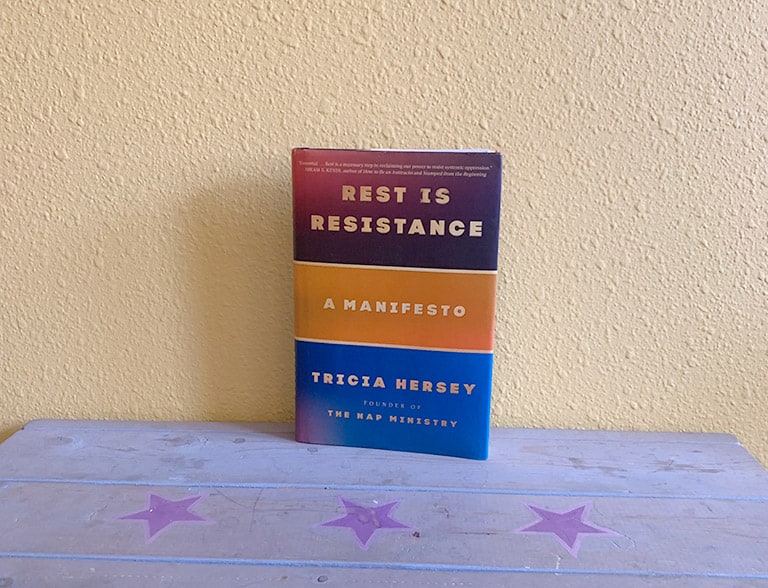Harnessing Imagination to Heal in EMDR
Musings on: Rest is Resistance: A Manifesto by Tricia Hersey This was my first exposure to the work of Tricia Hersey. She has a large social media following and art interactive exhibits around the Nap Ministry. If you have not heard about the Nap Ministry, or this current book, I encourage you to look into…



